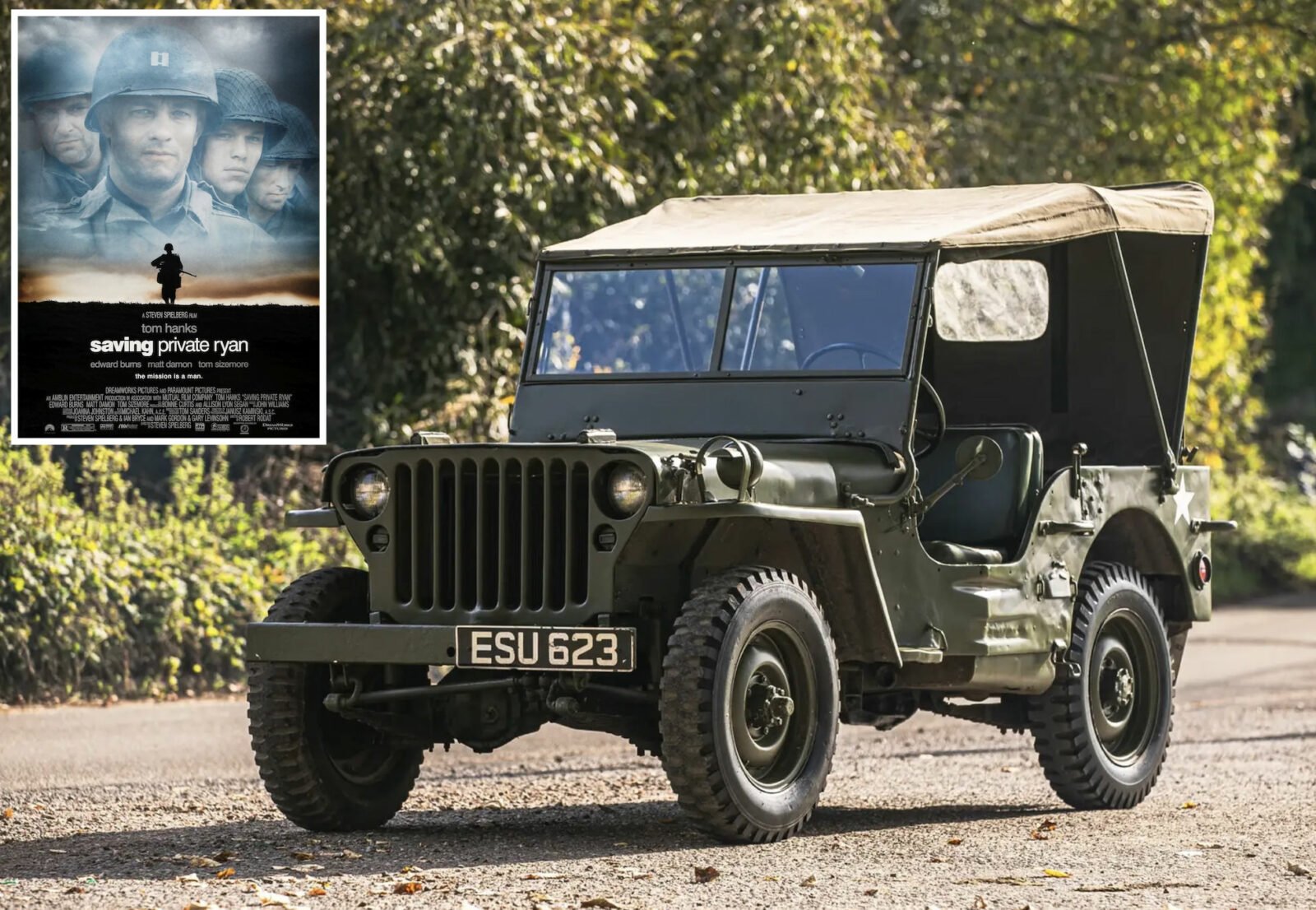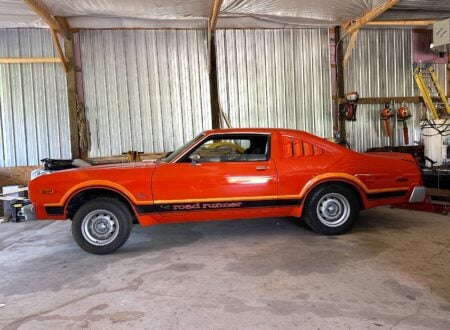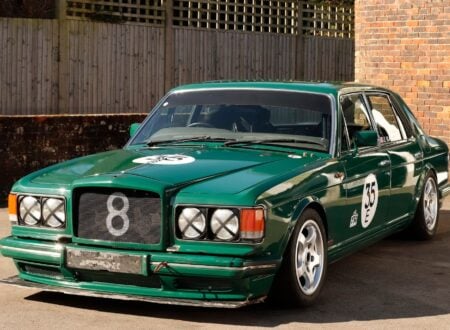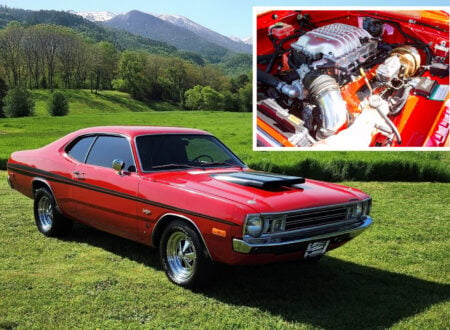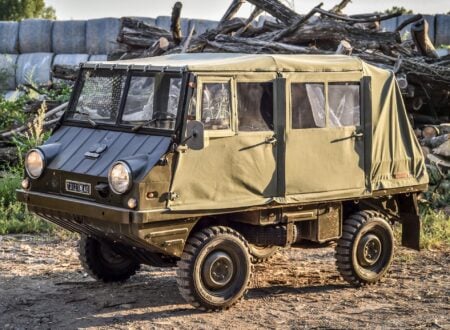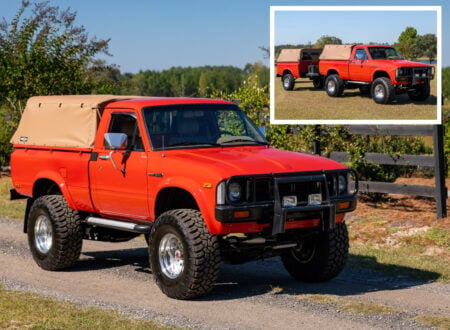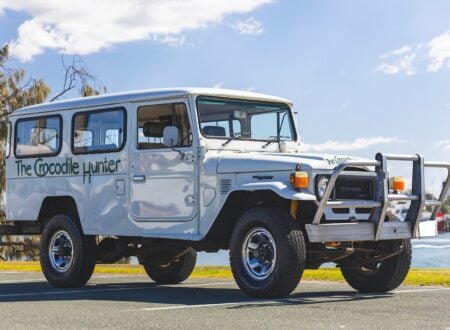This WWII-era 1944 Willys Jeep is being offered for sale by TLO Film Services, a company that supplies vehicles to the film and TV industry. This specific Jeep was used during the filming of Saving Private Ryan, as well as Band of Brothers, Pennyworth, and more.
The Willys Jeep is one of the most iconic vehicles of the 20th century and it directly inspired a slew of modern day 4x4s including the Land Rover and Land Cruiser. Later “CJ” civilian versions of the Jeep would inspire the International Scout and Ford Bronco.
Fast Facts – The Willys Jeep
- In the late 1930s and early 1940s, as World War II loomed, the U.S. military recognized the need for a light, rugged reconnaissance vehicle. In 1940, the U.S. Army solicited bids from 135 automakers for a 1/4 ton “light reconnaissance vehicle” that would replace the Army’s motorcycle and modified Ford Model-T vehicles.
- Three companies responded to the Army’s call: Willys-Overland, Bantam, and Ford. Bantam delivered the pilot model, known as the Bantam Reconnaissance Car, in 49 days. Although Bantam’s design met the Army’s specifications, the company’s production capability was limited. Willys and Ford then provided their prototypes, named the Willys Quad and Ford Pygmy, respectively.
- The exact origins of the vehicle that would become known as the Jeep are mired in controversy but one thing most agree on is that it was a modified version of the Bantam design fitted with the Willys-Overland “Go Devil” engine and a slew of other modifications. Bantam lacked the required production capacity, so the Jeep was largely built by Willys and Ford.
- The vehicle you see here is a 1944 examples of the Willys Jeep, meaning it was built and supplied during the Second World War. Many decades later it would become a four-wheeled celebrity of sorts, appearing in the film Saving Private Ryan, as well as Band of Brothers, Pennyworth, and others.
The Jeep: The Right 4×4 At The Right Time
There is much contention around the development of the Jeep and exactly who deserves the credit, but perhaps the most contentious element of the whole story is exactly where the word “Jeep” actually came from. Many believe it comes from “GP,” and early name for the vehicle that stood for “General Purpose.” But some argue this point and claim the name came from a character called “Eugene The Jeep” from the popular Popeye comics of the time.
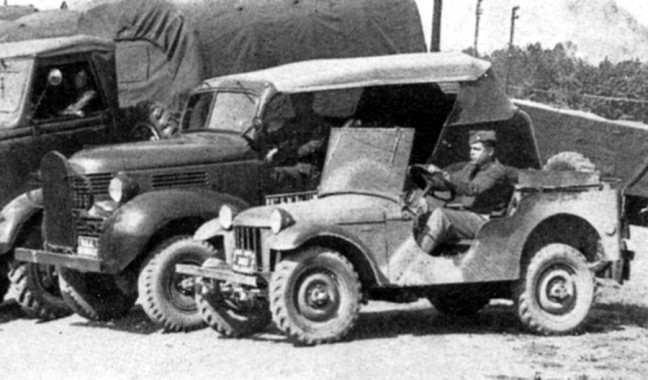

As World War II began to take shape, the United States Army sought a light reconnaissance vehicle that could navigate the tough terrains often found in war zones. In 1940, the Army solicited proposals from 135 car manufacturers, setting strict criteria for the design. The most challenging among these was the short deadline of just 49 days to produce a working prototype.
This seemed like an impossible task, and it was all things considered, but amazingly the team at Bantam managed to pull it off. Albeit only just, delivering their working prototype at 4.30 pm on the 23rd of September 1940 just 30 minutes before the cut off at 5 pm. They called their design the “Blitz Buggy.”
The government had serious reservations about Bantam’s ability to actually deliver the required number of vehicles, so they decided to forward the blueprints of the Bantam Blitz Buggy to the other two automakers who were much larger than Bantam, but who had failed to produce a working prototype before the deadline – Willys-Overland and Ford.
Engineers at these two companies were also given full access to the Bantam prototype. Perhaps unsurprisingly, both of their eventual prototypes were very similar to the Blitz Buggy, they were called the Willys Quad and Ford Pygmy.
The Quad immediately proved popular in trials due to its powerful (by the standards of the era) Go Devil four-cylinder engine which was capable of 60 bhp – notably more than the competition.
Above Video: This is the official trailer for “Saving Private Ryan” starring Tom Hanks, Matt Damon, Tom Sizemore, and the 1944 Willys Jeep you see in this article.
The sheetmetal design of the Ford Pygmy proved popular, it held many advantages over the Quad and Blitz Buggy, and once the design was standardized the final Jeep would be a combination of the Bantam engineering, the Willys Go Devil engine, and the Ford body design.
Fortunately, before the Jeep design was standardized on the advice of the Quartermaster Corps Technical Committee a significant number of the original three vehicle designs were manufactured by their creators. Bantam changed the name from the Blitz Buggy to the “BRC 40,” which is a far less interesting name, and ended up making 2,605 of them.
Over the course of the production run, which also traced the US involvement in WWII, from 1941 till 1945, a total of 647,925 Jeeps were made. They were used extensively in all theaters of war from Europe to North Africa and throughout Asia and the Pacific.
The 1944 Willys Jeep Shown Here
The vehicle you see here is a 1944 Willys Jeep that was built and supplied during WWII. Its early service history has now been lost, but we can pick up its trail again in 1977 when it was first registered in the UK for road use.
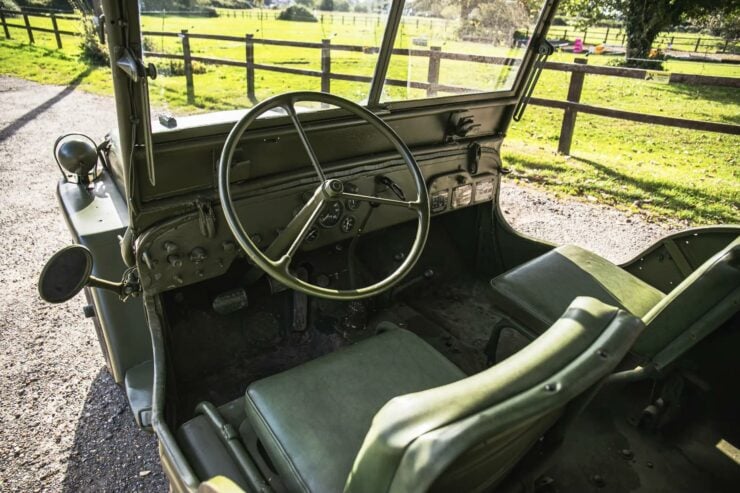

It was bought in 1996 by TLO Film Services from Dallas Auto Parts near Newbury, England. TLO has been supplying action vehicles to the film and television industry since 1962 in Britain, and this Jeep was certainly put to good use by them.
As noted above it appeared in Saving Private Ryan, as well as Band of Brothers, Pennyworth, and others. In early 2023 its original Go Devil engine was fully rebuilt at a cost of £4,970 by the suitably named World War 2 Jeeps, and it’s noted that it will be fully serviced before the auction.
It’s now due to be offered by Iconic Auctioneers on the 11th of November with a price guide of £18,000 – £22,000, which works out to approximately $22,000 – $27,000 USD. If you’d like to read more about it or register to bid you can visit the listing here.
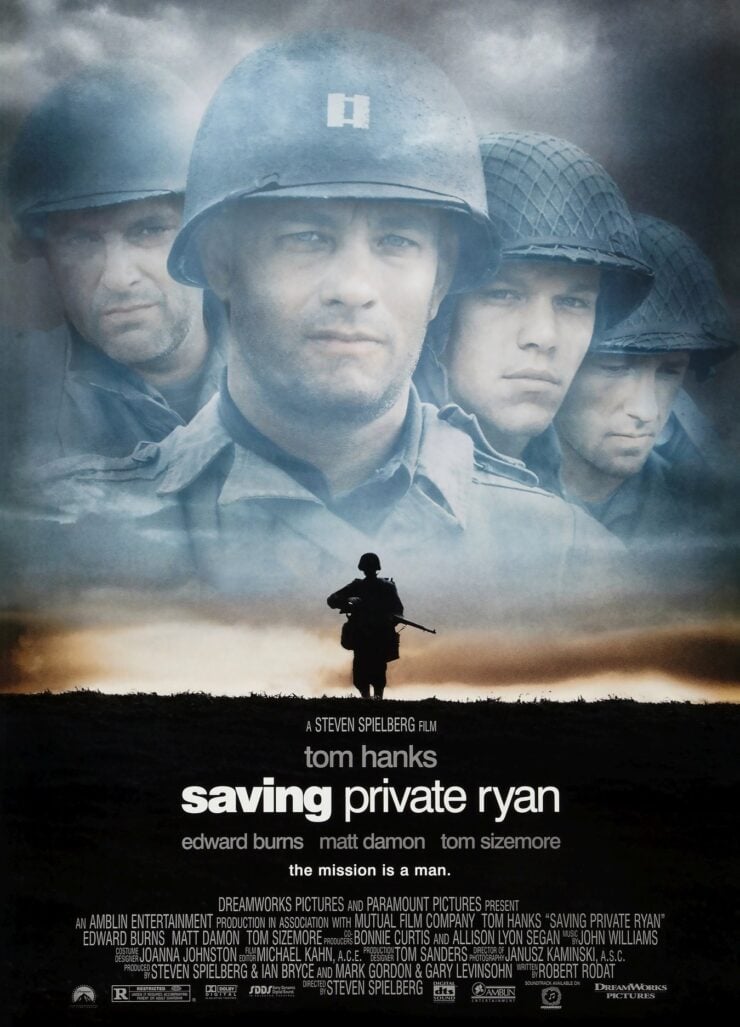

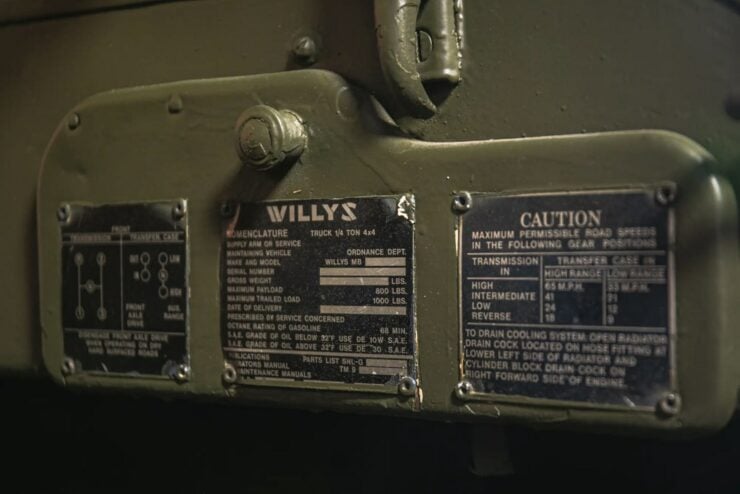
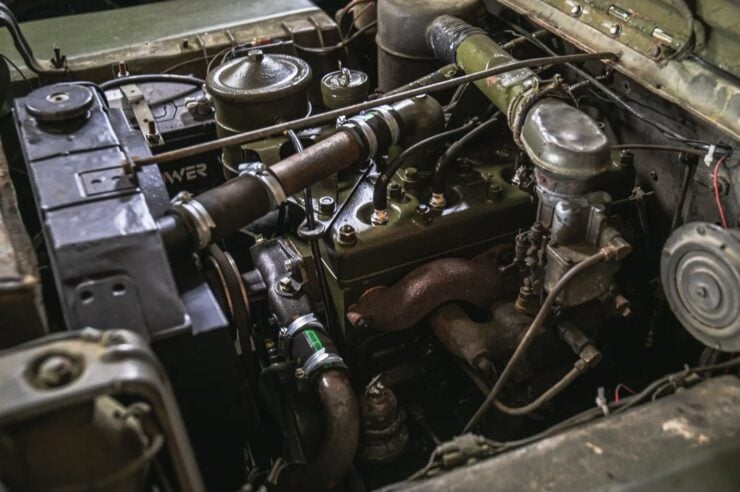
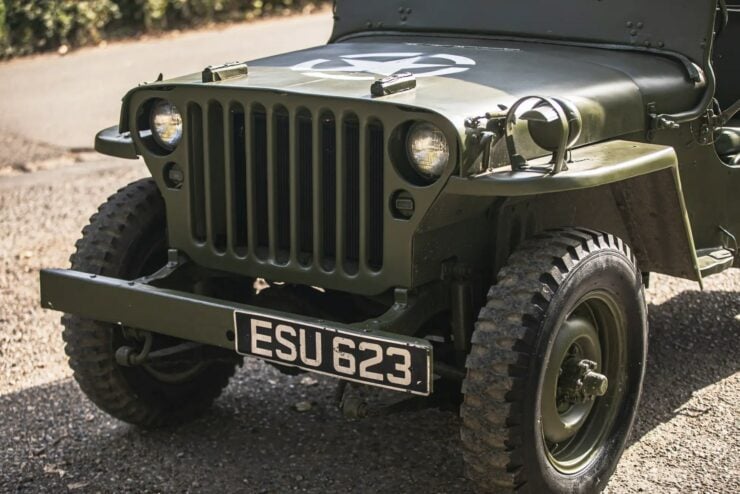
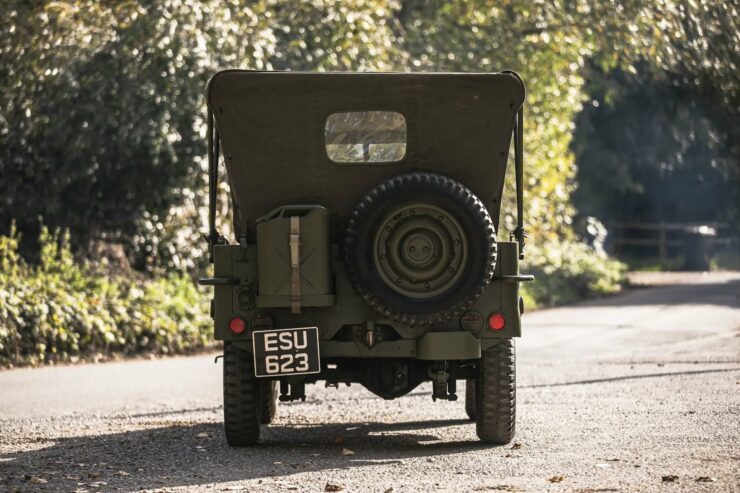
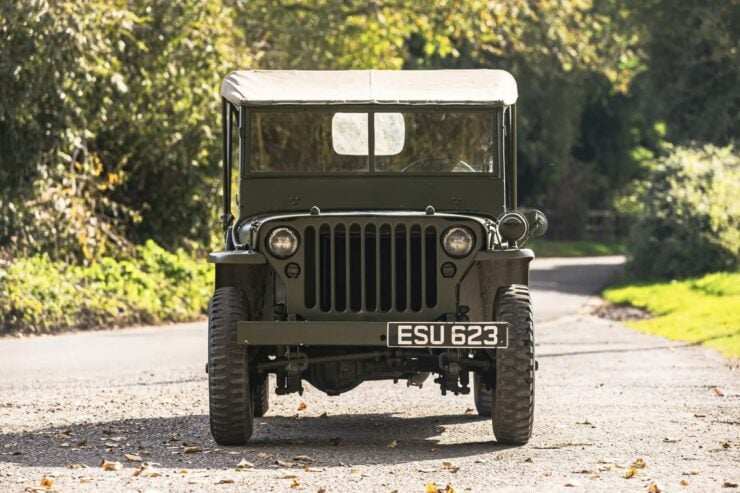
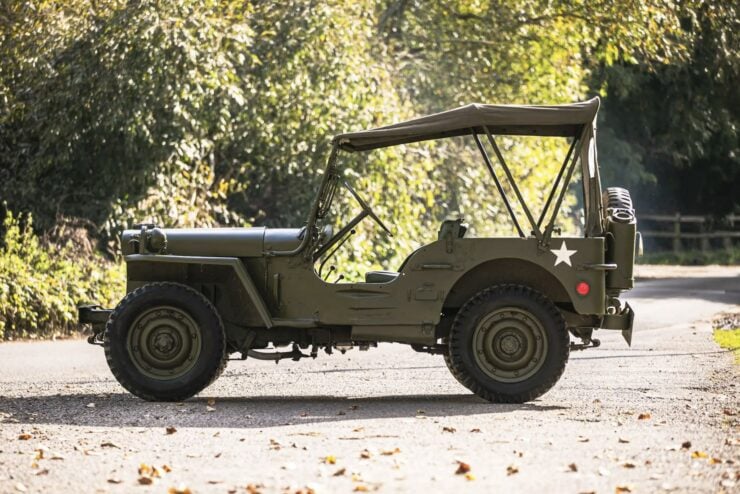
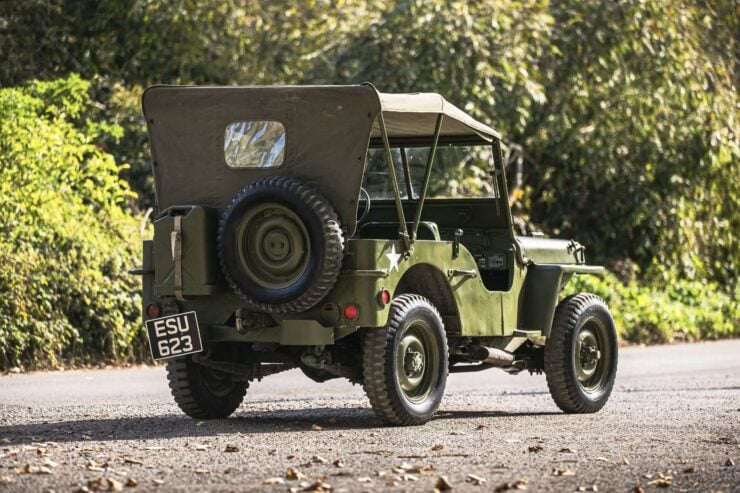
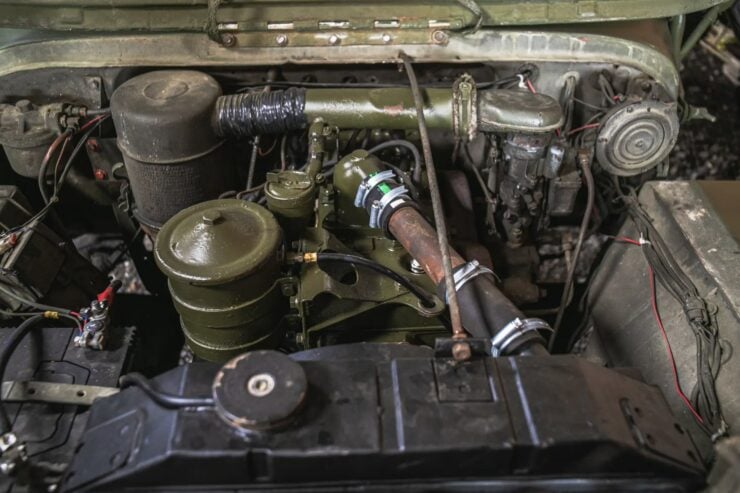
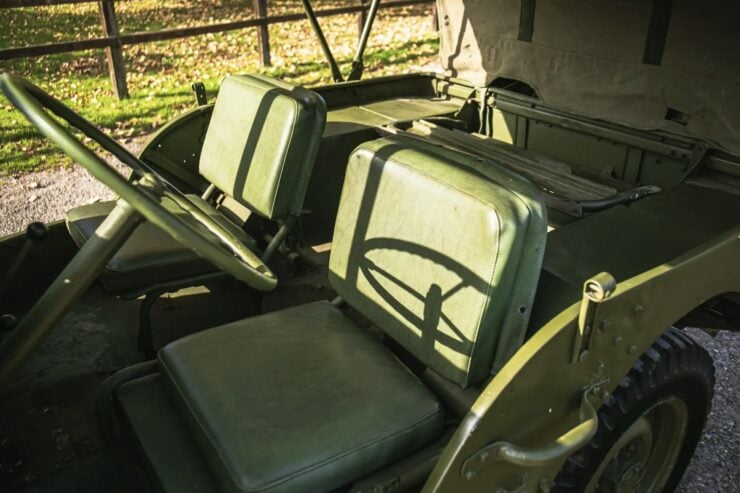

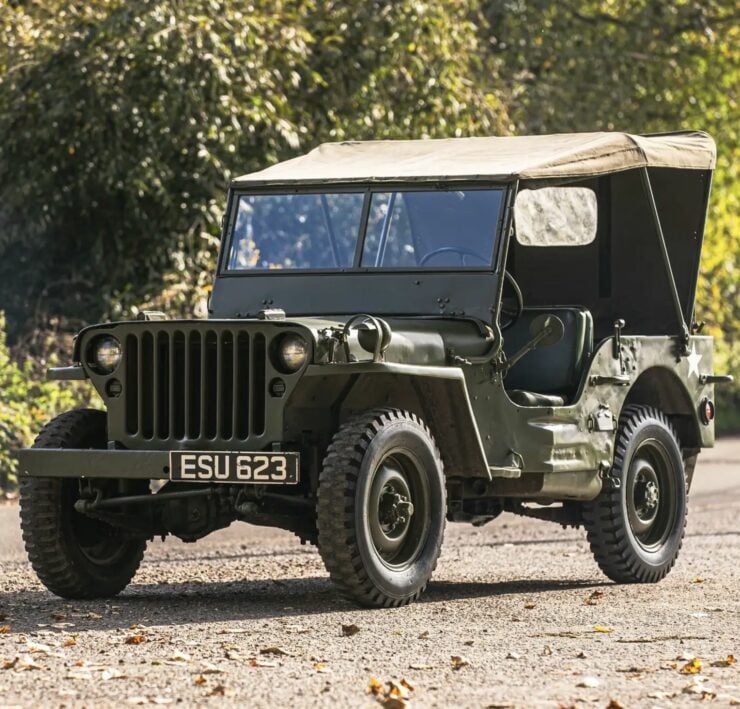
Images courtesy of Iconic Auctioneers

